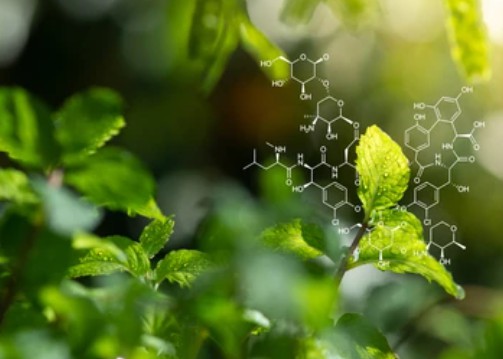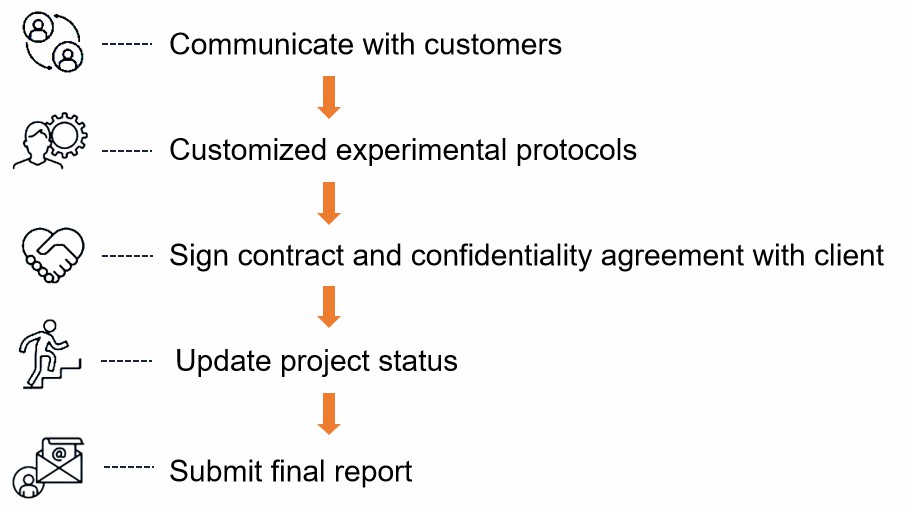Development of Plant-derived Biopesticides
Plant-derived pesticides are a class of insecticides made from active ingredients extracted from plants, which meet the trend of pesticide transformation from traditional organic chemical substances to environmentally harmonious pesticides or bio-rational pesticides because of their advantages of high efficiency, low or no toxicity, no pollution, high selectivity, and pest resistance. Plant-derived pesticides have now been effectively applied to control various pests in agriculture and forestry. In today's environment, protection is getting more and more attention. Plant source pesticides have attracted wide attention from the world pesticide industry, and the development of plant-source pesticides has a good market prospect.
Lifeasible is committed to developing biopesticides, aiming to provide various effective solutions to promote green, environmentally friendly, and sustainable development in agriculture. Plant-source biopesticides we have developed have been widely used in agriculture and forestry.

Our solutions
Mechanism of action of plant-derived pesticides
- Toxicious action. Poisoning includes touch and stomach poisoning.
- Food refusal and avoidance. Pesticides can cause insects to lose gustatory function and refuse.
- Narcotic effect. Pesticides derived from plants contain anesthetics that relax insect muscles, paralyze them, and disrupt nerve and muscle control.
- Inhibition of growth and development. Some plant-derived pesticides affect the normal growth and development process of insects by interfering with their endocrine activities.
What do we offer?
- Screening of plant extracts. Plants are mainly screened for insecticidal activity, and compounds are extracted from them and tested for their biological activity. Common screening methods include traditional solvent extraction, supercritical fluid extraction, etc.
- Identification of active ingredients. To further the active ingredients in plant extracts, we utilize various analytical techniques such as gas chromatography-mass spectrometry (GC-MS), high-performance liquid chromatography-mass spectrometry (HPLC-MS), etc. The identification of the active ingredients helps us to understand their structure and properties and thus optimize extraction and purification methods.
- Extraction and purification techniques. Active ingredients with high purity and activity require extraction and purification. This usually includes solvent extraction, partition funnel separation, column chromatography, thin layer chromatography, etc. Choosing the right extraction and purification method helps obtain a stable active ingredient and remove other impurities.
- Genetic engineering. We use genetic engineering techniques to introduce exogenous genes into plants so that they express specific insecticide-related enzymes or proteins. Such enzymes or proteins can enhance plant resistance to pests or pathogens or produce compounds that harm pests.
- Metabolic engineering. Enhancement of insecticidal activity by altering metabolic pathways and product accumulation in plants. By transforming the plant genome, the expression levels of critical enzymes of specific metabolic pathways can be regulated, changing the composition and content of plant metabolites. This approach can increase the amount of specific pesticide-active substances synthesized in plants and improve pesticide efficacy.
- Cell culture. Cell culture technology is used to develop plant-derived pesticides for the large-scale production of pesticide actives. Pesticide active ingredients are produced by culturing plant tissues or cells under conditions not harmful to the organism.
Our service workflow

Lifeasible has extensive research experience in biopesticide development. We are important in helping researchers accelerate the development of green, safe, and effective plant-derived insecticides. If you are interested in us, please feel free to contact us.
For research or industrial raw materials, not for personal medical use!

